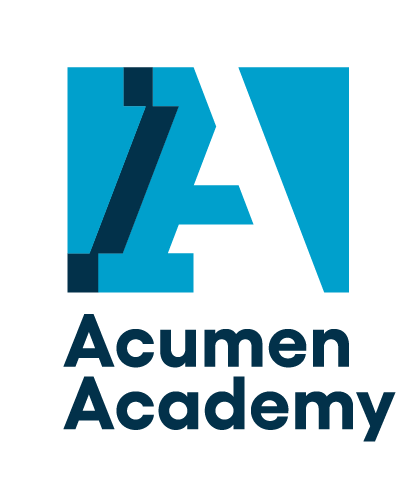What does a healthy relationship between a board and CEO look like?
Listen to Mahesh, a senior Acumen leader, as he shares what often gets overlooked in CEO-board dynamics - why the real work happens between meetings, and how openness to pushback can fuel growth
Featured speaker

Mahesh Yagnaraman
India country director, Acumen

Mahesh Yagnaraman
India country director, Acumen
Transcript
Mahesh Yagnaraman, India country director, Acumen
A healthy relationship with any board needs to be one where the board is able to ask, challenge, as well as advise the CEO.
As far as the CEO is concerned, the CEO can reach out to the board, not just in the board meetings, which are formal, but also occasionally reach out to them and sound them [out] on what they are thinking, etc., in a manner which i think they are a group which allows them to grow, [and gives them] that freedom to engage beyond the board meeting.
A good relationship test is if there is a comfort that people can reach out.
The board member can reach out to the CEO to say, "Hey, that meeting was good, but can you watch out for this?"
And that advice, which they can give, which sometimes they don't want to give in a board meeting.
And it's a good sign. In my mind, these are indicators.
In terms of relationship, I think that's where it needs to go, that there is such a comfort that they are able to engage not just in a structured meeting, but also after a structured meeting.
Another good indication of a good relationship is when the board is able to actually suggest improvements, but also be able to push back on some ideas of the CEO from time to time.
If they're able to do that, and that feedback is taken into account and the CEO can process that, I think that's a good sign.
If the pushback or challenge doesn't happen from the board, and the board is very agreeing to the CEO, I feel it may look very comfortable, but it's not a good relationship.
So a good relationship is a good give and take, good support, as well as a good challenge when it's required, and a push to take the bar higher for the company.
I think that's very important.
Key takeaways
Create an environment of frequent, safe, constructive dialogue.
Think beyond the boardroom; real trust is built in the follow-up discussions.
Welcome fresh ideas and respectful pushback from the board – it's part of their responsibility to provide it.
